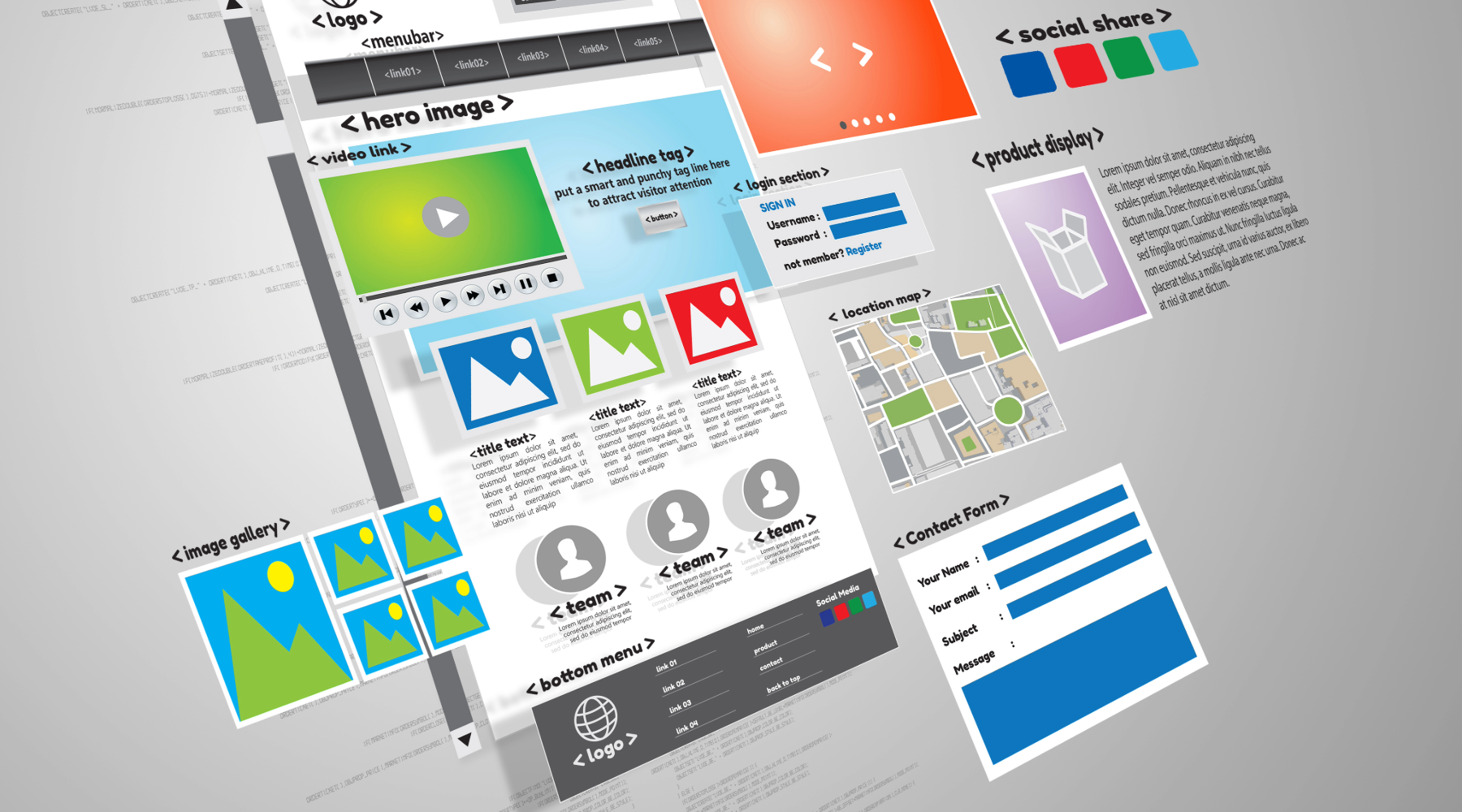
Structured Category System: Enhancing E-commerce Organization
Summary:
A well-organized e-commerce store is critical for driving customer engagement, improving navigation, and boosting conversions. A structured category system ensures your products are easy to find, enabling a seamless shopping experience while benefiting your SEO strategy. Here's how to build an effective structured category system for your e-commerce platform:
1. Understand Your Product Range:
Start by thoroughly analyzing your product inventory. Group similar products together based on their type, purpose, or target audience. For example, if you sell apparel, your categories might include "Men," "Women," "Kids," and "Accessories." Organizing products by natural divisions helps users intuitively locate items.
2. Create Clear and Logical Categories:
Categories should be clear and descriptive. Avoid using vague or overly technical terms. Instead of "Tech Accessories," use "Phone Cases and Chargers." This approach improves both user experience and SEO since customers and search engines will find your categories more accessible and relevant.
3. Implement Subcategories Strategically:
Break down broad categories into more specific subcategories to enhance navigation. For instance, under "Women," include "Tops," "Bottoms," "Dresses," and "Outerwear." This multi-level structure allows users to drill down quickly to their desired product, improving their shopping experience.
4. Use Keywords for SEO Optimization:
Incorporate keywords that customers are likely to search for within your category names. For instance, instead of "Shoes," you could use "Men's Running Shoes" or "Women's High-Heels." This optimization increases your visibility on search engines and attracts more targeted traffic to your site.
5. Highlight Popular Categories:
Identify your best-performing categories and ensure they are easily accessible. Display these prominently on your homepage or navigation bar to guide customers toward trending or popular items. This strategy can boost sales and enhance user satisfaction.
6. Maintain Consistency Across Platforms:
Ensure that your structured category system is consistent across desktop and mobile platforms. Use responsive design techniques to make your categories easily navigable on smaller screens, where space constraints can affect user experience.
7. Regularly Update Your Categories:
Your category system should evolve with your business. Periodically review and update your categories to reflect changes in your inventory, customer preferences, or seasonal trends. Keeping your structure dynamic ensures ongoing relevance and user satisfaction.
Conclusion:
A structured category system is essential for any e-commerce store looking to enhance usability and drive conversions. By organizing products logically, using clear names, optimizing for SEO, and staying up-to-date, you can create a seamless shopping experience that keeps customers coming back. Implementing these strategies will not only improve user satisfaction but also boost your site's visibility and sales potential.





















